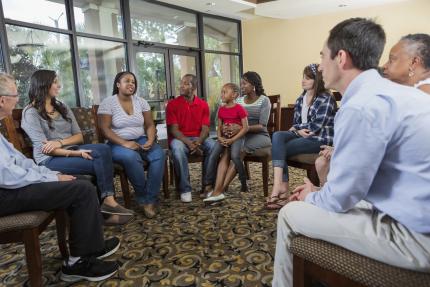In what ways is your church a storytelling community? Are there places and times for people of all ages and life stages to share the stories of God’s work in their daily experience?
Becoming a storytelling church doesn’t take a lot of strategic planning or extra committee meetings. What it does take is a commitment to making space for faith stories in your congregation’s life together, and then taking steps to share stories together.
Here are three great ways to get started.


